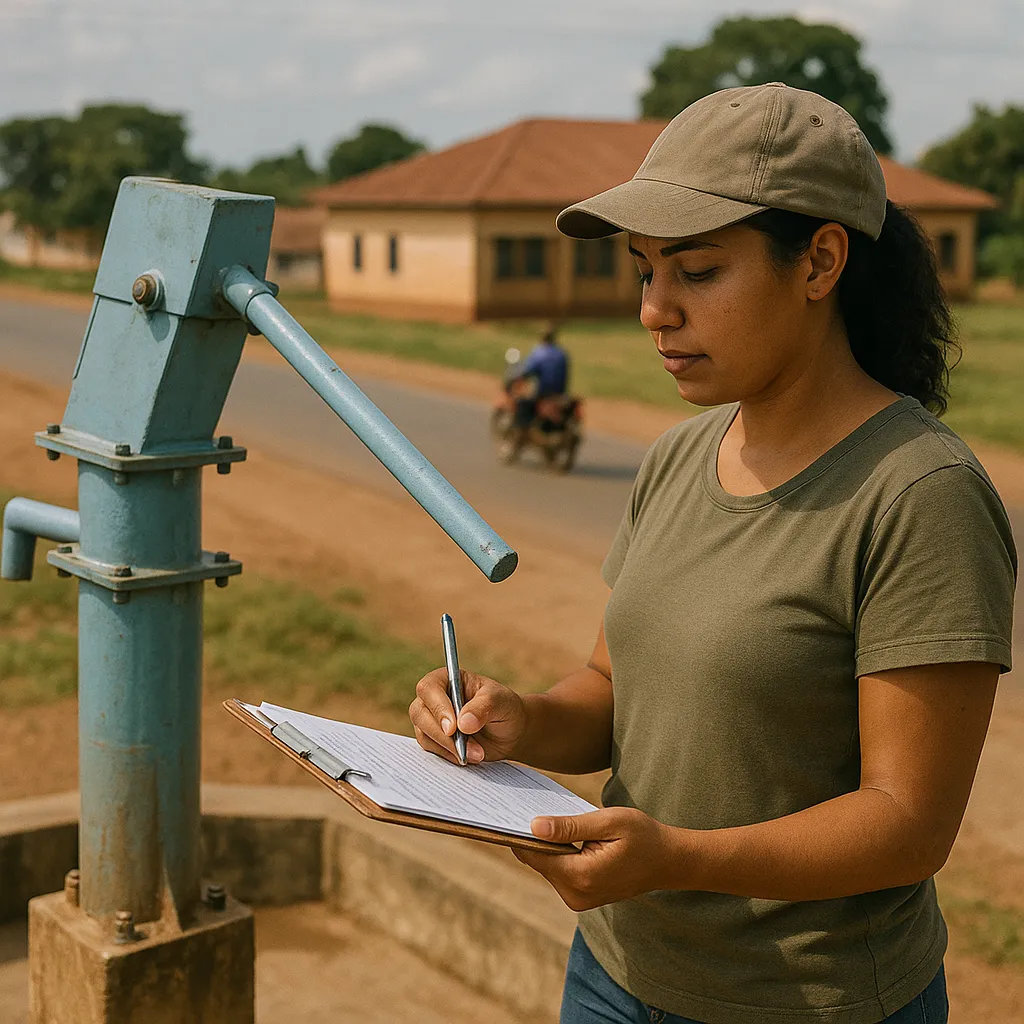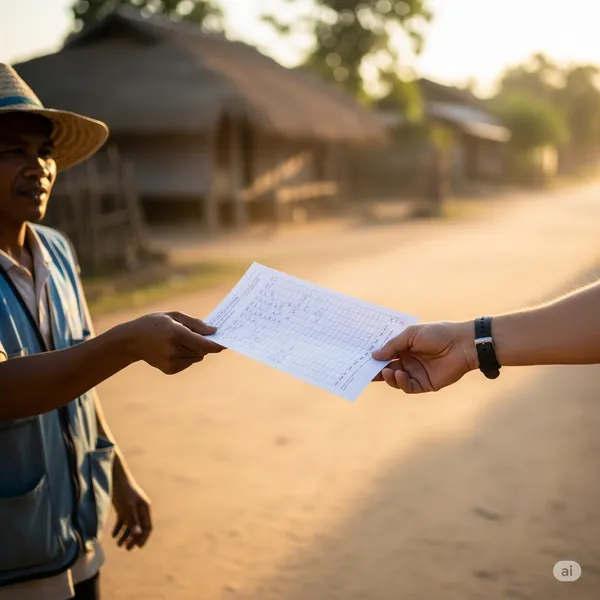Participatory Assurance: Integrating Citizen Feedback Loops into Oversight
Published on: Mon Mar 22 2021 by Ivar Strand
Introduction
The conventional model of project monitoring is fundamentally extractive. It operates on a top-down logic where external experts or project staff gather data from a community, which is then analyzed and reported upward to a donor. In this paradigm, community members are positioned as passive subjects of data collection, not as active participants in the oversight process. This approach is not only a missed opportunity but carries an inherent flaw: it fails to capture crucial local insights and does little to build the local ownership and accountability that are the bedrock of sustainable outcomes.
The central challenge is to redesign this process. It requires moving beyond extractive surveys to implement systematic, participatory monitoring systems. The goal is to create formal feedback loops that empower citizens to report on service delivery and project performance directly, thereby enhancing transparency and fostering a more responsive and accountable implementation environment.
The Deficiencies of Top-Down Oversight
A reliance on purely external monitoring creates predictable weaknesses that can undermine project effectiveness. The information gathered is often incomplete, and the process itself can disempower the very communities it is meant to serve.
- Asymmetric Information: A monitoring team’s engagement with a community is, by nature, episodic. They visit for a limited time and see a snapshot of reality. Citizens, by contrast, have a continuous, lived experience of the project. They know if the schoolteacher is consistently absent, if the water pump is chronically broken, or if the distribution of aid is being diverted. This deep contextual knowledge is a vastly underutilized data source.
- Lack of Local Ownership: When monitoring is perceived as an external audit conducted for the benefit of a distant donor, communities have little stake in the process. They are not invested in the quality of the data or the findings of the report. The process is something that is done to them, not with them, which hinders the development of local capacity for self-assessment and governance.
- A Broken Accountability Loop: In the traditional model, the primary line of accountability runs vertically, from the implementing partner to the funding agency. The horizontal line of accountability—from the implementer to the community—is often weak or non-existent. Without a formal mechanism for citizens to provide feedback and demand a response, service providers have little direct incentive to be accountable to them.
A Framework for Closing the Feedback Loop
A participatory approach systematically addresses these deficiencies. It is not about informal conversations but about establishing a structured process that codifies citizen engagement in oversight. At Abyrint, we have worked with partners to implement such frameworks, which are built on a logical, cyclical progression.
- Step 1. Co-Creation of Monitoring Indicators. The process must begin by engaging the community to jointly define what project success looks like from their perspective. While a donor may be interested in “number of beneficiaries reached,” the community may be more concerned with the “quality of materials used” or the “fairness of the beneficiary selection process.” Co-creating these indicators ensures that the monitoring effort is focused on what matters most to the community and builds immediate buy-in.
- Step 2. Establishing Formal Citizen Reporting Channels. With locally relevant indicators defined, the next step is to establish clear and accessible channels for citizens to report data. This moves beyond a simple suggestion box to more structured tools:
- Community Scorecards: A simple, periodic tool where a representative group of citizens rates the quality, accessibility, and effectiveness of a service or project output.
- Social Audits: Facilitated public meetings where project managers and service providers present progress reports to the community, who in turn have the right to ask questions, review documents, and provide direct testimony.
- Step 3. The Interface Meeting: The Point of Accountability. This is the critical juncture where the feedback loop is closed. The interface meeting is a structured, facilitated forum that brings community representatives together with project staff and service providers. Here, the community presents its findings from the scorecards or social audits. The purpose is not merely to air grievances but to engage in a constructive dialogue to analyze the root causes of problems and collaboratively develop solutions.
- Step 4. The Joint Action Plan. The dialogue must translate into commitment. The key output of the interface meeting is a jointly developed action plan that documents the identified problems, the agreed-upon solutions, who is responsible for implementation, and a clear timeline. This plan becomes the basis for the next cycle of monitoring, as the community now tracks progress against these mutually agreed commitments.
From Data Subjects to Active Stakeholders
Implementing a participatory monitoring framework requires a significant shift in mindset from all parties. It demands facilitation skills, a willingness from project implementers to accept critique, and a genuine commitment to act on the feedback received. It is often a more complex and time-intensive process than a standard survey.
However, the value proposition is clear. This approach does more than generate accurate, context-rich data for financing agencies. It fundamentally re-casts the role of citizens from passive recipients of aid to active stakeholders in their own development. By creating structured platforms for their voices to be heard and ensuring that this feedback leads to tangible action, it strengthens local governance, improves service delivery, and builds the mutual accountability that is the true engine of sustainable change.



